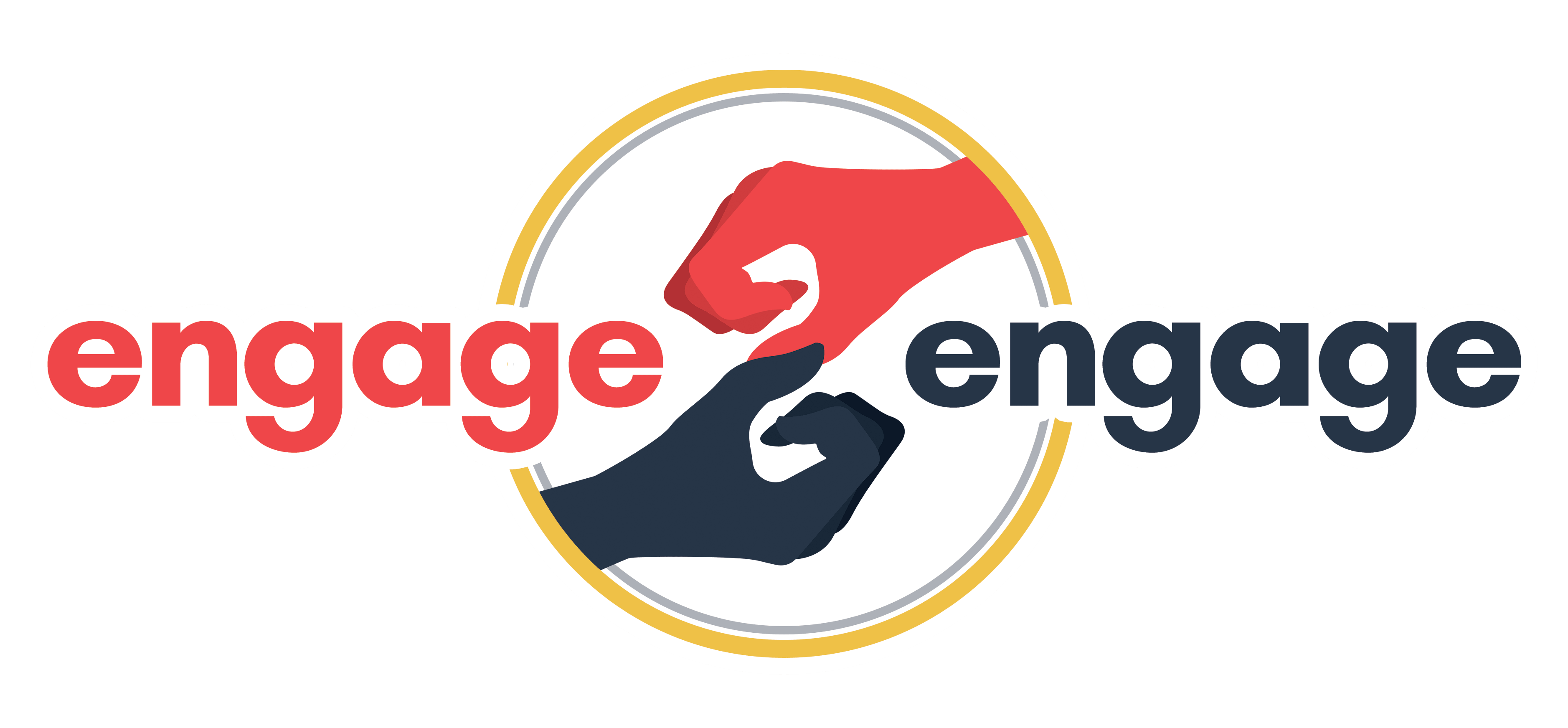Creating Free Online Challenges to Convert Prospects
In today’s market, content is key. Videos and blog posts are excellent tools for educating your audience and engaging their attention. That said, sometimes you just want to try something new. That’s where free online challenges come into play. Creating a free online challenge is a fun and educational way to get your audience talking and excited about what you have to offer!
There are numerous perks to creating an online challenge—such as appealing to your target audience, qualifying leads, showing off your experience and expertise, and increasing your site traffic—but the most noteworthy advantage is that it increases your sales numbers by converting prospects into clients.
So how do you create an appealing, interesting challenge to pull in more audience members and convert prospects to clients? Let’s take a look!
Step 1: Brainstorm Your Challenge Idea
First and foremost, you’ll need to know what your challenge is about. You’ll want to choose something someone can realistically accomplish within a given timeframe. At the same time, the challenge should not be so simple that people can complete it with ease in just a few days. For example, if you are a financial adviser who helps clients create effective and practical budgets, you might launch a “Save $500 in Seven Days” challenge. The time frame is important here—you want the challenge to begin and end within the designated time frame.
If you need help deciding on a premise for your challenge, think about the interactions you’ve already had with your audience. What questions do they commonly ask, and how do you often respond? Do any of your posts seem to receive a notable amount of engagement? If so, what are they about?
Your challenge’s premise may lie in the answers to these questions!
Step 2: Map Out the Challenge
Once you decide on the challenge’s goal and timeframe, you’ll want to provide a roadmap for the challenge. You’ll want to set daily goals for the challengers. For example, going back to the financial adviser example, if your goal is to help your clients create budgets, you might have them create a list of their spending as a challenge.
If you prefer more specificity, you can also break your challenge into smaller daily or weekly challenges. For example, if you’re creating a challenge to encourage your audience to try a new workout, you might structure the challenge so it grows in intensity each day.


No matter what, however, you don’t want to release all the challenge’s content on day one. Spread it out over the course of the challenge so your participants have a reason to keep coming back to your site. Even if your challenge is relatively straightforward, you want to keep posting tips, updates, and/or highlights every day during the challenge’s duration to keep motivating and inspiring while helping them achieve milestone results.
Step 3: Consider the Platform
Once you decide what your challenge is, you need to decide how you’re going to deliver the challenge. In this area, you’ll need to consider three major points: (1) how to release the challenge, (2) how you’ll encourage your audience to engage with the material, and (3) where your audience prefers to interact with you online.
In short, you need to release the challenge somewhere your audience will see and respond to it. If the bulk of your audience interaction happens on Facebook, then you don’t want to house your challenge on Twitter. If your audience exists primarily on TikTok, then you should expect you’d get more video responses on there than long-form text responses on Facebook.
No matter, however, you need to link back to your website. Remember, the end goal is that you want to generate site traffic and potentially convert visitors into paying clients, so you want the bulk of your content to exist somewhere on your website.
Step 4: Create and Share the Content
For some challenges, the instructions are the only content you’ll need to create yourself. For other challenges, however, you might want to consider making daily check-in posts with some tips and tricks. You may even want to participate alongside your audience, conduct live video meets, and give them updates. Either way, you’ll want to link back to your website.
For maximum engagement, you’ll also want to highlight some challengers’ participation and successes. Showing off active challengers will give the participants a sense of community and acknowledgment.
Speaking of community, if you’re sharing your challenge through social media, you’ll want to encourage your audience to mark their participation with a specific hashtag. Not only will this make your participants easy to find for you, but they’ll be able to find each other. Forming a community will help instill a sense of brand loyalty in your audience.
What’s Next?
Free challenges are an excellent way to drive traffic because they engage your audience and make them want to learn more about what you have to offer. Of course, you should not end your content marketing strategy there. Creating meaningful content should be a long-term endeavor!
Drawing a blank on where to go from here? We can help you with that. All you have to do is sign up for our exclusive blog insights, which will come directly to your inbox.




